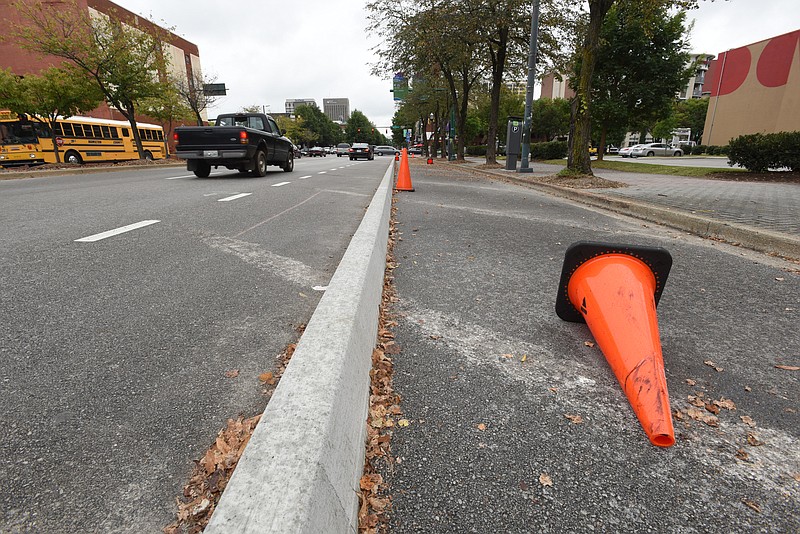The stream of positive press that flows from Chattanooga's "renaissance" is welcome and exciting in contrast to decades-ago images of our pollution-choked valley. As our downtown grows, the question has been asked:
Will Chattanooga remain a vibrant place to conduct business or will it only cater to new downtown residents and tourists?
Tourists are great. On any given day, pedestrian traffic along the riverfront and around Chattanooga's Aquarium, IMAX Theater and Children's Discovery Museum signals a tremendous return on the investment our city's leaders made years ago.
The housing construction downtown has made a great impact on our city's low-profile skyline since the Aquarium. Downtown living in Chattanooga is a major asset nurtured by area leaders and developers who understand the status quo means losing ground.
Yet, the ability to conduct business - banking, dining with clients during work hours for more than 15 minutes, keeping a 20- to- 30-minute appointment in a health care or real estate office - has turned into an ordeal for customers and businesses that pay a high price for retail space and taxes to operate within Chattanooga.
Finding a parking meter with 60 to 90 minutes available is a task. Finding a meter whose credit/debit card scanning device functions is still another. Parking enforcement is good. But based on the two citations lying in my Subaru's front seat acquired in the last 10 working days, I'm disinclined now to entertain clients downtown.
On two occasions, I was less than five minutes tardy in tending to my expired meter. Predatory enforcement for easy revenue? I'll let you draw your own conclusion.
Then, there's the landscape architect at the city of Chattanooga Land Development Office, who dictates plants and the number of trees required at existing businesses seeking to expand within the city limits. Often actual parking spaces and ingress/egress accesses are eliminated to achieve a green code that prioritizes everything but the prospects of expansion and job creation.
And, last but not least are the new bike lanes downtown, the latest addition to the "transformation" of Chattanooga that contribute to the traffic and parking issues. Bike lanes may take an auto lane completely or, in many instances, involve raised curbs that separate individuals' parked cars from the corresponding meters, placing bikers in quite a blind spot to auto traffic.
Again, few oppose bicyclists who obey laws, like observing the same traffic signals. I think most of us who frequent downtown have either witnessed or experienced a protected green turn signal only to suddenly stop to avoid an oncoming cyclist ignoring his or her own red light.
There really don't need to be anymore charrettes (fancy word for community meetings). Instead, a choice must be made as to whether businesses are welcome in Chattanooga or if residents and tourists are the priority, with pedestrians and cycling preferred.
In 1994, then-Vice President Al Gore came to Chattanooga to celebrate the theme: "Chattanooga, Committed to Sustainable Development," that involved the economy, ecology and equity.
It's 21 years later, and the priority has proven to be ecology.
Robin Smith, a former chairwoman of the Tennessee Republican Party, is owner of Rivers Edge Alliance.

